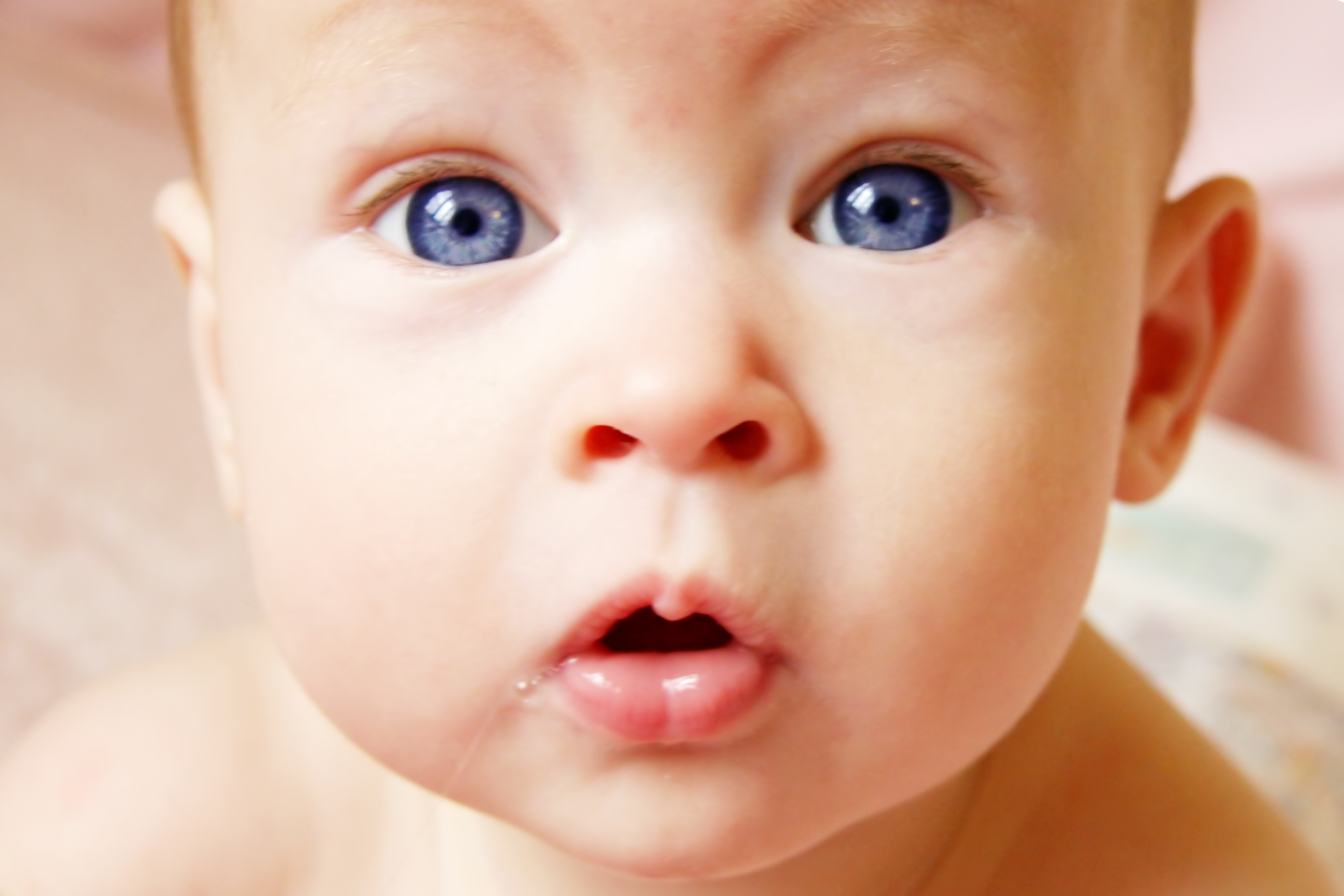
Babies are born with the ability to see, but their visual acuity is not yet fully developed. The eyes continue to develop and mature throughout the first few years of life. In this article, we will look at how babies’ eyes develop, what milestones to expect, and how to support healthy vision development.
Table of Contents
Development of Eye Structures
The eyes begin to form in the early stages of pregnancy. By the end of the first trimester, the basic structures of the eyes are present. The retina, which is responsible for detecting light, begins to form around six weeks after conception. The iris, which gives the eyes their color, develops around eight weeks.
During the second trimester, the eyelids begin to form and cover the eyes. This protects them from damage and allows them to develop normally. The eyes remain closed until around 28 weeks, when the eyelids begin to open and close. This marks the beginning of the visual experience for the fetus.
At birth, the eyes are approximately two-thirds the size of adult eyes. The structures of the eyes continue to develop and mature throughout the first few years of life.
Visual Milestones
During the first month of life, babies can only see objects that are 8-12 inches away. They can focus their eyes on high-contrast objects, such as black and white images, but their vision is still blurry. By two months, babies can track moving objects and recognize faces. They also begin to develop depth perception.
Around six months, babies begin to see in full color and have improved depth perception. They can reach for objects with accuracy and recognize familiar faces from farther away. By nine months, babies have almost fully developed their visual acuity and can see as well as adults.
Supporting Healthy Vision Development
There are several things parents can do to support healthy vision development in their babies. One of the most important is to ensure that their baby receives regular eye exams. Early detection of vision problems can prevent long-term damage and improve visual outcomes.
Another way to support healthy vision development is to provide age-appropriate visual stimulation. High-contrast images and bright colors can help babies develop their visual acuity and depth perception.
Finally, it is important to protect babies’ eyes from harmful UV rays. Sunglasses with UV protection can help prevent damage from the sun’s rays, which can cause cataracts and other vision problems later in life.
FAQs
Q: When do babies start seeing in color?
A: Babies begin to see in full color around six months of age.
Q: When should babies have their first eye exam?
A: The American Academy of Ophthalmology recommends that babies have their first eye exam at six months of age.
Q: Can bright colors and high-contrast images help babies develop their vision?
A: Yes, providing age-appropriate visual stimulation can help babies develop their visual acuity and depth perception.
Q: Should babies wear sunglasses?
A: Yes, sunglasses with UV protection can help protect babies’ eyes from harmful UV rays.
Q: When do babies develop depth perception?
A: Babies begin to develop depth perception around two months of age.
In conclusion, understanding how babies’ eyes develop can help parents support healthy vision development in their children. By providing age-appropriate visual stimulation and protecting their eyes from harm, parents can help ensure that their babies’ eyes develop normally and achieve optimal visual acuity.
